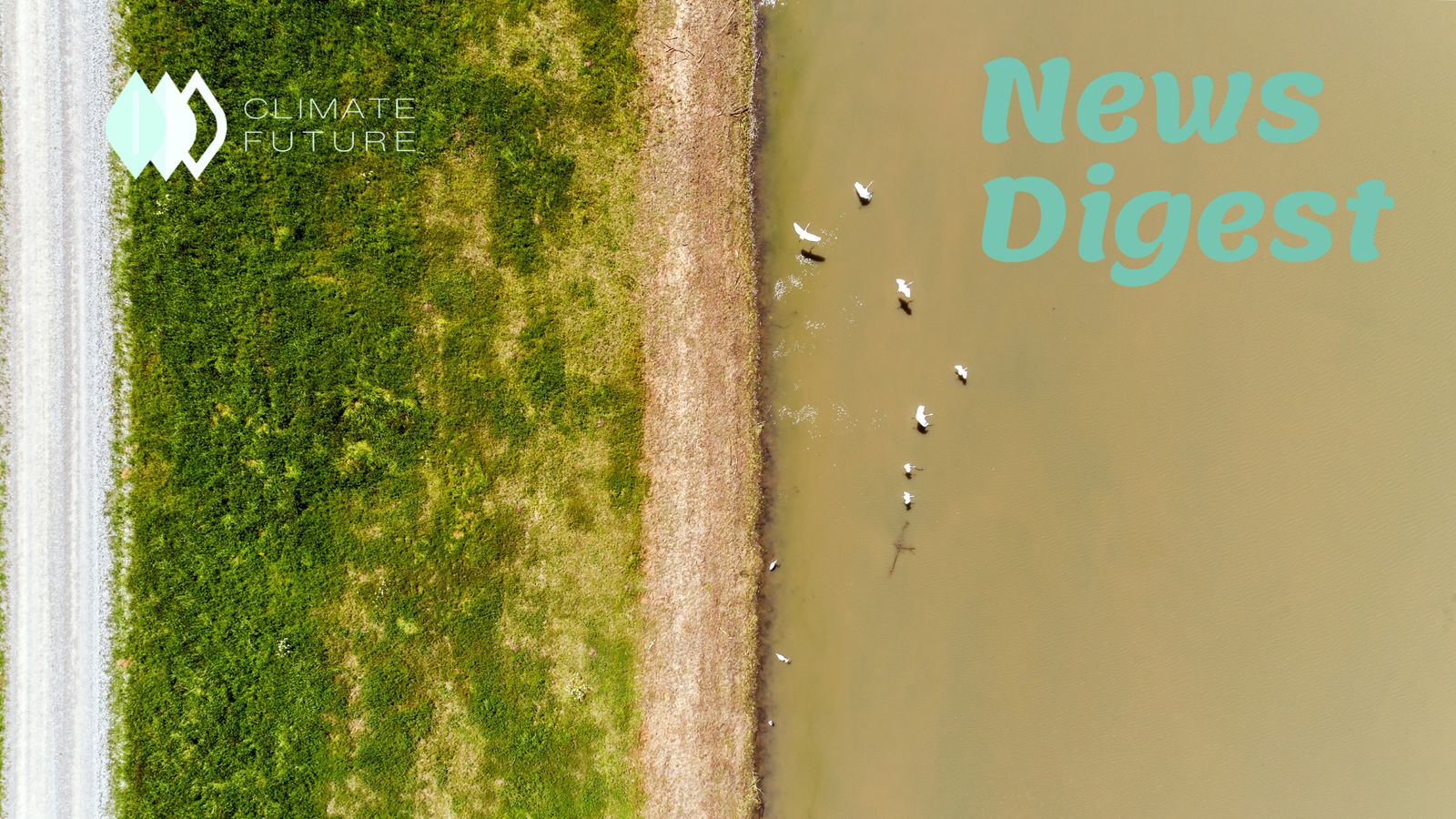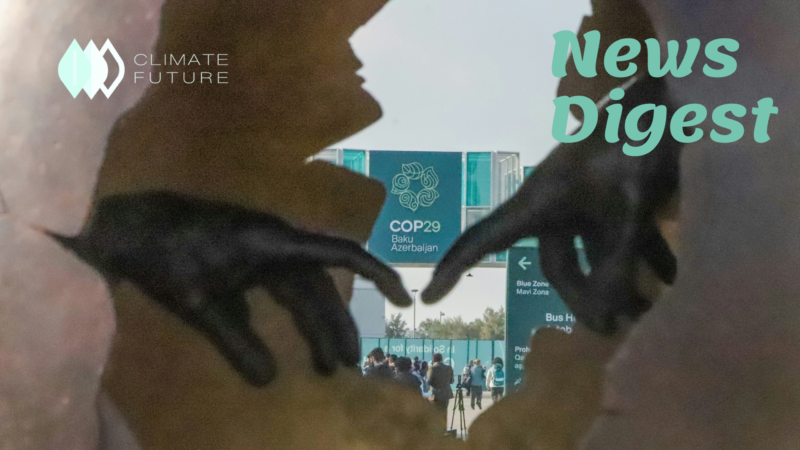South Asia floods expose gaps in regional climate cooperation

Image: UN Women Asia & the Pacific, CC BY-SA 3.0, via Flickr
Climate change is making floods in South Asia more severe, but there is still little regional collaboration. Approximately 200 people were killed in floods and landslides that occurred in Nepal lately due to excessive rainfall, while 71 people died in a flash flood that occurred in August close to the border between Bangladesh and India. According to a 2021 World Bank analysis, flooding poses a risk to 80% of South Asia’s largest cities and could cost the region $215 billion yearly by 2030. Despite the same danger, international mistrust prevents nations from working together. Allegations regarding water releases during floods heighten tensions, while border conflicts among Bangladesh, India, and Nepal hamper flood management. For example, Bangladesh said that India’s sudden release of dam water in August made the disaster worse. India refuted this, claiming a blackout, but it did demonstrate the deficiency in immediate communication. Though catastrophes are made worse by climate change, experts emphasise that inadequate cooperation and poor preparation also play a big part. Since flash floods give less notice than monsoons, they complicate response operations, even though the Sendai Framework requires governments to deliver early warnings. A number of successful partnerships demonstrate the viability of regional cooperation, such as the joint flood warning systems that Nepal and India operate for the Koshi and Karnali rivers. Experts contend that more comprehensive initiatives are required, nevertheless. Instead of discussing each of the 54 rivers that they share separately, Bangladesh and India should draft a single agreement for their shared management. For the purpose of combating these cross-border floods, experts stress that coordinated adaptation plans and cross-border resource sharing are essential.
Financing Indonesia’s energy transition can happen beyond sluggish JETP deals – here’s how

Image: Flickr/ Asian Development Bank
It has taken a while for Indonesia to meet its clean energy ambitions, even with the high standards set by the Just Energy Transition Partnership (JETP). Although there have been some initiatives introduced, the majority are more concerned with technical support and feasibility studies than with actual projects. Three main obstacles are the prevalence of coal-fired power stations, the lack of a centralized project management unit, and the difficulty in obtaining concessional finance. Indonesia has to take a more coordinated approach to speed up the transition, which includes increasing public funding for renewable energy, liberalizing the market, and creating a specialized project management unit. Establishing a stable investment climate and drawing in private capital requires strong government leadership. Although JETP has a limited capacity, to secure a more sustainable energy future, it is imperative to augment its operations with those of other funding sources and legislative modifications.
Coastal towns in Bangladesh give up shrimp farming for agriculture to combat salinity

Image: WorldFish, CC BY-SA 3.0, via Flickr
Due to virus outbreaks and salinity, farmers in Bangladesh’s southwest coastal regions are switching from prawn farming to agriculture. Smallholder farmers are turning to crop diversification, planting rice, vegetables, fruits, and oilseeds, after decades of raising prawns through aquaculture. This is being done to counteract the effects of climate change, especially salinisation and rising sea levels. With notable gains in crop production in areas like Khulna, Satkhira, and Bagerhat, this change is regenerating agricultural fields and enhancing food security. Since farmers rely on rainfall collected in ponds and canals for irrigation, water shortage is still an issue throughout the dry season. While farmers are erecting makeshift embankments to prevent the entrance of salt water, freshwater supplies are still scarce. Crop yields have increased noticeably as a result of the trend away from shrimp and towards agriculture, especially for rice, watermelon, and other vegetables. Research indicates that growing rice and watermelons is more profitable than raising prawns, which has been negatively impacted by climate-related issues. Reviving little rivers and canals to collect rainfall and putting policies in place to deal with soil salinity and seasonal fluctuations are two ways that experts advise improving climate resilience. To lessen the long-term effects of saltwater intrusion and sea level rise, constant monitoring and changes are essential.
Warming fuels cyclones, cloudbursts across Asia

Image: Water Alternatives Photos, CC BY-SA 3.0, via Flickr
Asia is the region most affected by climate-related weather events since the oceans surrounding the Asia Pacific region are rising quickly, strengthening cyclones and cloudbursts. Typhoons, or tropical cyclones, are developing more quickly and wreaking greater havoc on heavily populated coastal cities like Bangkok, Hai Phong, and Yangon as they form closer to Southeast Asia’s coastlines. The storms are being fuelled by greater heat and moisture from the rising water temperatures, which is causing stronger winds, more rainfall, and more flooding. A new study emphasizes how cyclone patterns are changing and how extreme meteorological events—like cloudbursts, which can result in disastrous floods and landslides—are occurring more frequently. For instance, during a cloudburst, a landslip in Kerala, India, in July 2023 claimed the lives of almost 360 people. The warming of the Indian Ocean is causing more frequent and irregular high-intensity rainfall, which raises the risk of landslides in susceptible regions like the Western Ghats. As a result, the Indian government banned mining and quarrying in certain areas of the Western Ghats after designating them as ecologically vulnerable areas. To safeguard vulnerable communities from the increasing risks of extreme weather, experts emphasize that immediate adaptation and mitigation measures are required as climate change gets worse.
References
https://www.eco-business.com/news/south-asia-floods-expose-gaps-in-regional-climate-cooperation
https://www.eco-business.com/news/warming-fuels-cyclones-cloudbursts-across-asia



